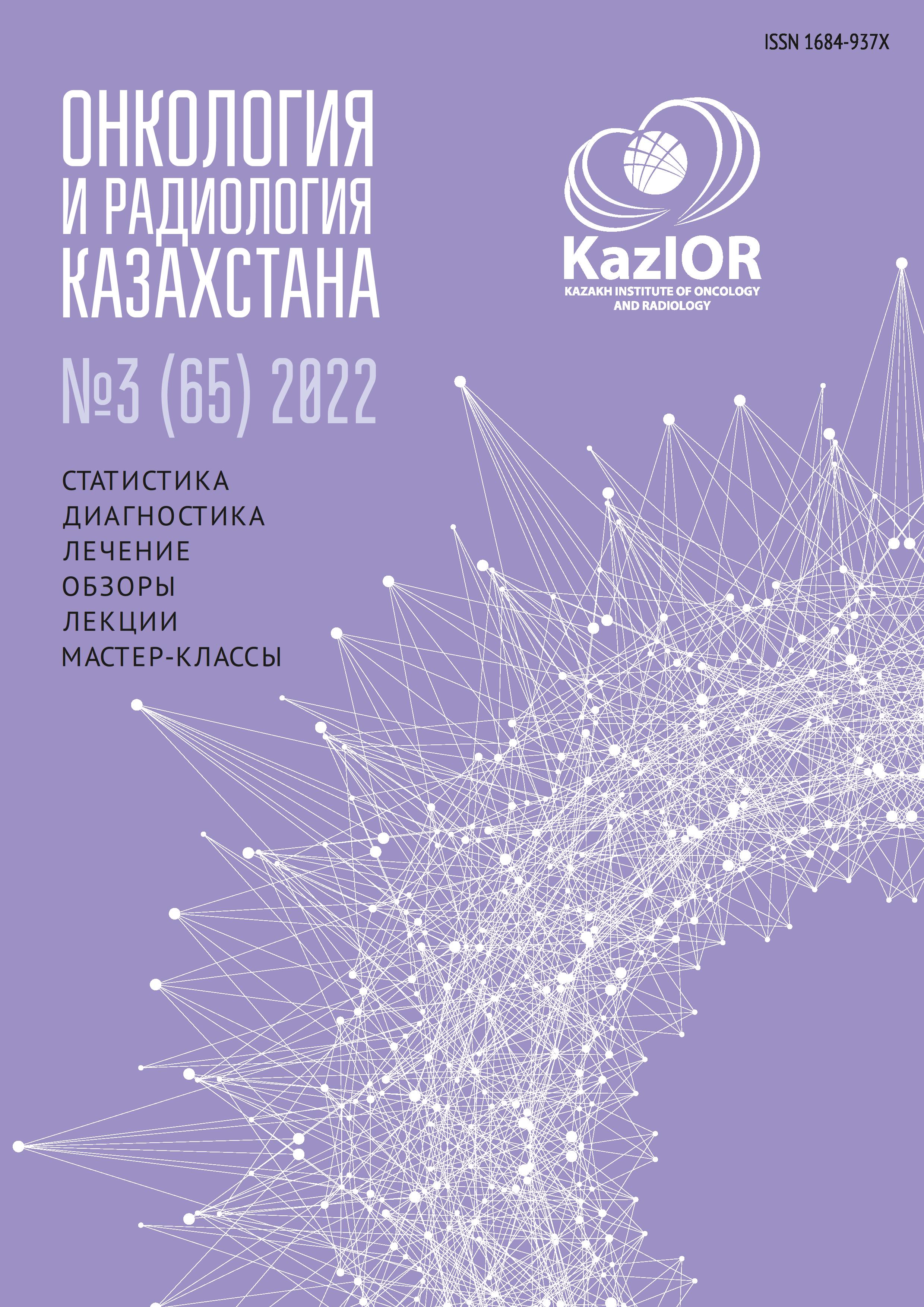Gender differences in patients with atrial fibrillation shown by transthoracic echocardiography and computed tomography
DOI:
https://doi.org/10.52532/2521-6414-2022-3-65-24-31Keywords:
cardiac CT, atrial fibrillation (AF), echocardiography, gender differencesAbstract
Relevance: Cardioembolism is one of the major causes of ischemic strokes and accounts for 15-30% of all cerebral infarctions. Atrial
fibrillation (AF) accounts for up to 60% of cardioembolic strokes. Assessing thromboembolic risk is important for patients with AF; how ever, these concerns do not apply equally to men and women.
The study aimed to determine gender differences in echocardiographic and computed tomography characteristics of patients with atrial fibrillation.
Methods: The included 202 patients underwent both transthoracic echocardiography and computed tomography. We excluded patients with allergies to iodide, increased creatinine levels, hyperthyroidism, pregnancy, and age <18 years.
Results: An increase in BMI by 1 kg/m2 in female patients increased the risk of left-atrium appendage (LAA) thrombus by 10% (OR=1,1, p=0.019). The yearly increase in the age of women lowers the risk of LAA thrombosis by 6% (OR=0,94, р=0,01). Each increase of EDD in women to 1 cm raises the risk of LAA thrombosis by 151% (OR=2,51, p=0.031). Each increase of ESV and EDV in women to 1 ml raises the risk of LAA thrombosis by 4% and 3%, respectively (p<0.05). Each increase of LVESVI and LVEDVI in female patients to 1 ml/m2 raises the risk of LAA thrombosis by 6% and 5%, respectively (p<0.05). Older age, higher CHA2-DS2-VASc, HAS-BLED scores, and enlarger LA in male patients were significantly associated with LAA thrombosis. The yearly increase in the age of men increases the risk of LAA thrombosis by 5% (OR=1.05, p=0.012). Men with coronary atheroscle rosis at risk of thrombosis by 224% (OR=3,24, p=0.002).
Conclusion: Understanding gender differences may help clinicians provide better care to individuals with AF

